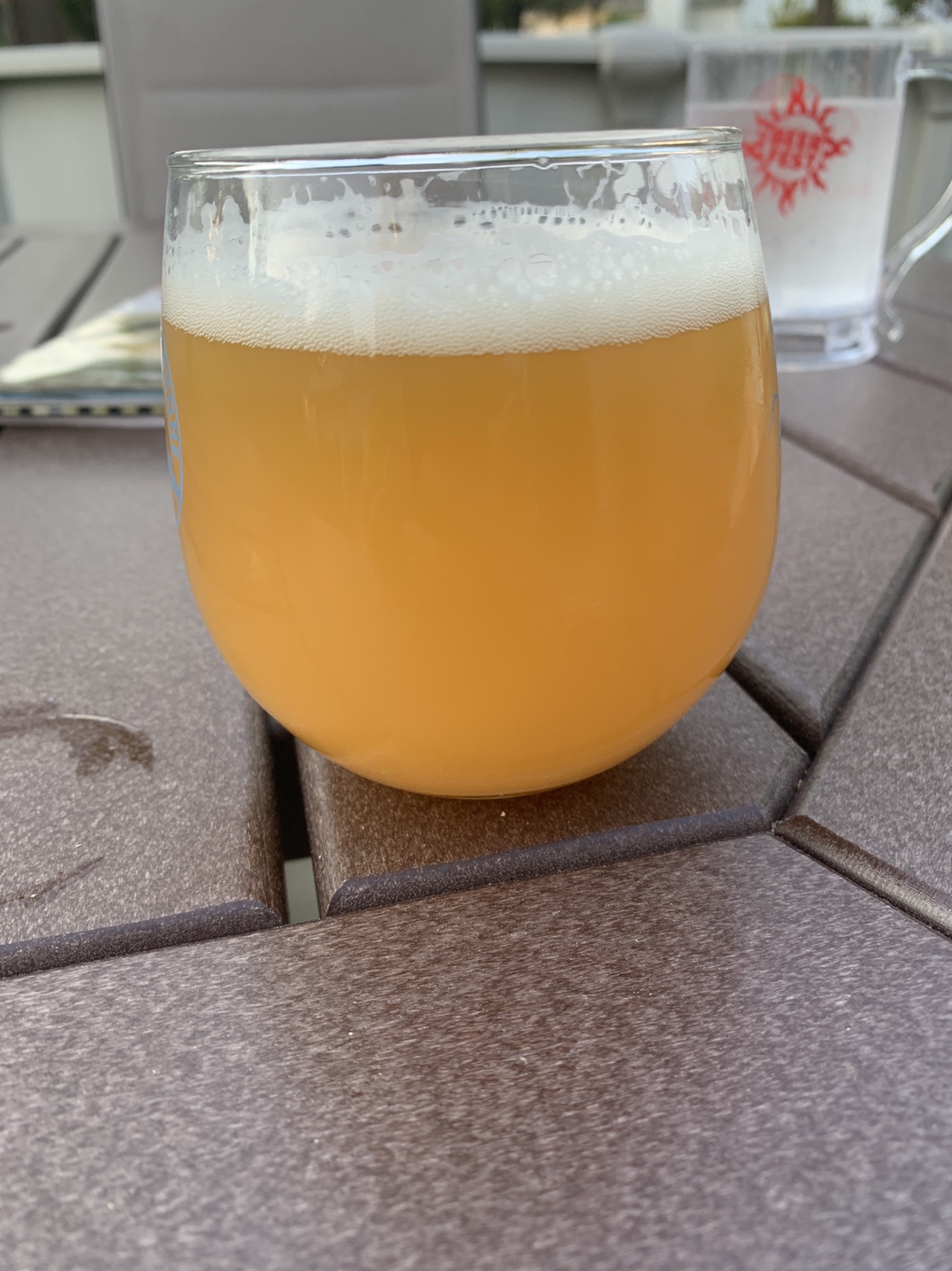I was getting ready to make another NEIPA so I figured I'd give this a whirl...
12 gallon batch
Mash Bill:
22 lbs Pilsen Malt
4 lbs Torrified Wheat
2 lbs Flaked Oats
Single infusion mash, 15 gal of strike water.
I have a very fine home-made false bottom for my 25 gal Mash Tun, so I set my grind to .025 on my Monster Mill three-roller mill.
I used my RIMS setup to set my strike water to 155F, added the grist, and slowly brought the temp up to 150F, where I mashed for 90 minutes.
I then set my RIMS to 168F, allowed the wort to reach temp, and drained into my kettle.
I used my burner to bring the wort up to 180F, turned off the burner and whirlpooled the following for 20 minutes:
Hop Additions :
4 oz Amarillo
4 oz El Dorado
2 oz Idaho #7
I transferred my wort from my kettle into my
Sanke Fermenter and allowed the wort to cool in my temperature controlled Fermentation Chamber. This took about 12 hours. I use the no-chill method, since I live in the high desert, and water is a scarce commodity.
I ended up with about 12 gals of wort with an SG of 1.062, just about where I wanted it.
Once the wort had reached pitching temperature, I oxygenated with pure oxygen.
I had previously made a 4-liter starter using Imperial Yeast A38, which I decanted, and pitched into the wort.
My
fermenter has a 4-inch tri-clamp opening and the lid has liquid-out and gas-in ball-lock posts, as well as a 26-inch thermowell and PRV.
I placed my spunding valve on the gas-in post, set it to 15psi, set the fermentation chamber to 70F, and let it sit.
After about a week, I checked the progress, and I seemed to be stalled at about 1.015.
I have a bottle of glucoamylase that I use when making Brut IPAs, so I added about 10ml to the wort, along with my first dry-hop addition:
2 oz Amarillo
2 oz Eldorado
I put the spunding valve back on and left it for 3 days.
When I came back, the wort has dried out to 1.002. I added the last of my dry-hop additions and let it sit for 3 more days:
2 oz Amarillo
2 oz Eldorado
2 oz Idaho #7
I then cold-crashed the beer at 35F for three days and transferred the beer using CO2 into two 5 gal Torpedo kegs that had been sanitized with 5 gals of Star San and purged with CO2.
The beer came straight from the fermenter carbonated, had a nice aroma, great taste, just enough hop bite in the finish, and just a little dry and nice mouthfeel.
This one is definitely a keeper



































![Craft A Brew - Safale S-04 Dry Yeast - Fermentis - English Ale Dry Yeast - For English and American Ales and Hard Apple Ciders - Ingredients for Home Brewing - Beer Making Supplies - [1 Pack]](https://m.media-amazon.com/images/I/41fVGNh6JfL._SL500_.jpg)

























